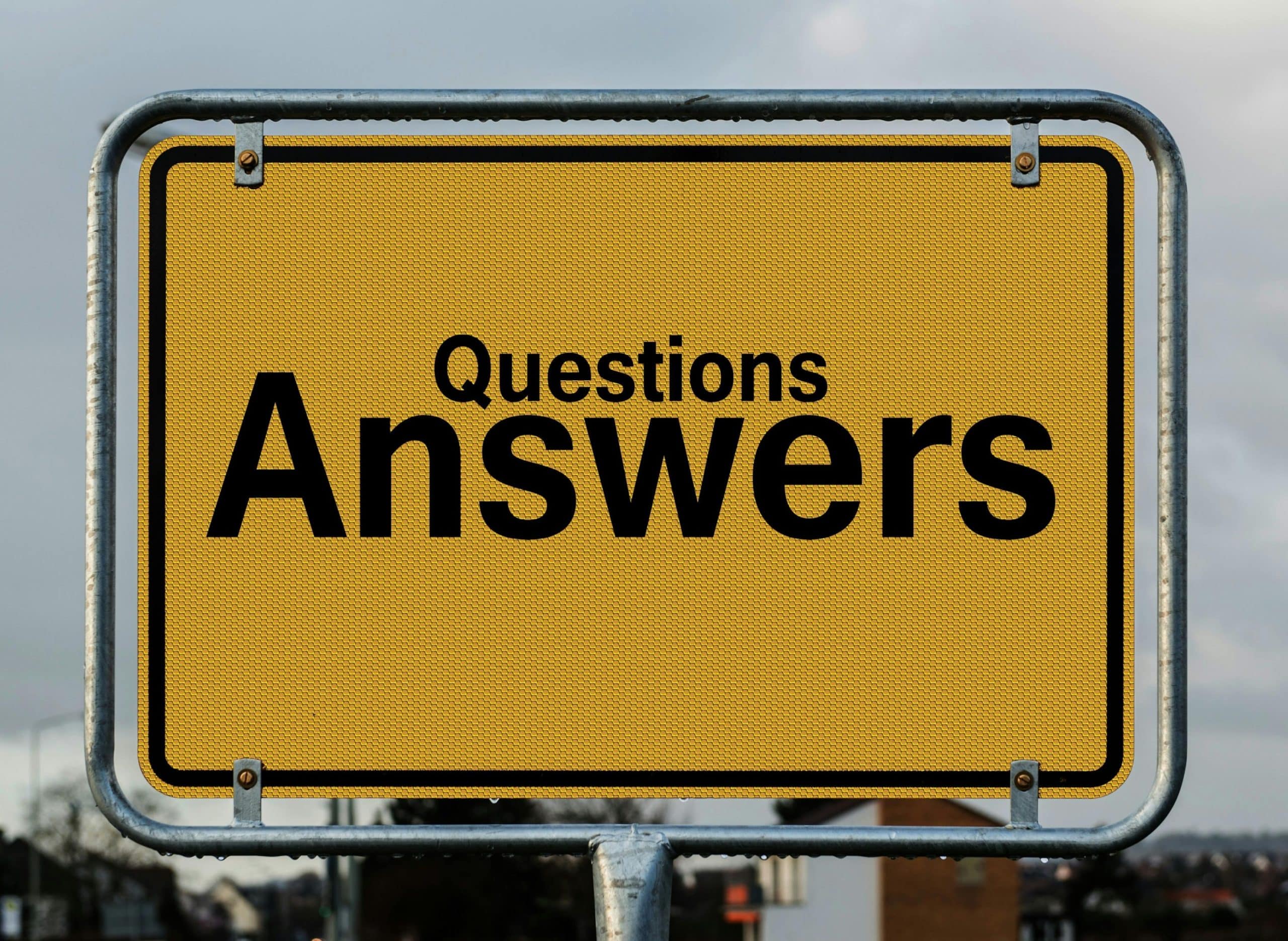
If you’ve been injured due to someone else’s negligence, you may be wondering how to file a personal injury lawsuit. This is a step-by-step process, which can be confusing for some. Fortunately, we have the easiest step-by-step guide to personal injury lawsuits that you could need.
We understand the legal process can seem complicated, but understanding each step can make things easier. In this guide, we’ll walk you through everything—from filing a personal injury claim to reaching a fair settlement or going to trial.
We’ll also provide legal citations and links to official court websites to help you understand personal injury law better. Let’s begin!
Step-by-Step Guide to Personal Injury Lawsuits
Here is what you need to know about the guide to personal injury lawsuits before you file your own.
1. Understanding Personal Injury Lawsuits
A personal injury lawsuit is a legal action taken when someone suffers harm due to another person’s negligence or intentional wrongdoing.
The injured person (plaintiff) files a claim against the party responsible (defendant) to seek compensation for damages such as medical expenses, lost wages, emotional distress, and property damage.
Common personal injury cases include car accidents where the car gets totaled, medical malpractice, workplace injuries, and defective products.
Statute of Limitations
Every state imposes a statute of limitations for filing a personal injury claim. For instance, under 28 U.S.C. § 1658, federal claims generally have a four-year deadline, while state laws vary.
However, state laws may differ. Check your state’s legal codes or consult an experienced personal injury lawyer to ensure you file within the deadline.

2. Immediate Steps After an Injury
Seek Medical Treatment
Your health is the top priority. Even if you think your injuries are minor, visit medical professionals for a proper diagnosis. Medical records are crucial evidence in your case.
Collect Evidence
Start gathering important documents and proof, such as:
- Police reports (if applicable)
- Accident reports (for car accidents, workplace injuries, or store incidents)
- Witness statements
- Photos or videos of the scene
- Medical bills and records
Having all the necessary information improves your chances of securing timely legal guidance, recovering compensation, and covering legal fees without financial strain.
3. Finding a Personal Injury Attorney
A skilled personal injury attorney can guide you through the litigation process and help you get the compensation you deserve. Many offer a free consultation, so take advantage of this to discuss your case.
However, the potential lawyer you are looking into, should have relevant experience and a genuine concern for your issue.
if your lawyer values the personal injury lawsuit, they will likely fight your cause wholeheartedly, ensuring you get a good payout at the end.
We also recommend researching the market and selecting lawyers with a strong track record.\. A good option can be the personal injury lawyers at Boruassa Law Group.

4. Filing the Personal Injury Lawsuit
Dealing with the settlement process can be challenging, but if your lawyer has a proven track record of their performance legally, they can guide about:
Step 1: Drafting and Filing the Complaint
The step officially begins when your attorney files a legal document called a complaint in court. It includes:
- Your claims and the legal basis for your case.
- The damages you’re seeking (full compensation for medical expenses, lost wages, and emotional distress).
- The parties involved in the lawsuit.
Step 2: Serving the Defendant
After filing the complaint, the defendant must be formally served with the lawsuit, following the Federal Rule of Civil Procedure 4.
Step 3: Defendant’s Response
The defendant has 21 days to respond, either by admitting or denying the allegations. They may also file a motion to dismiss if they believe the lawsuit is invalid.
5. Discovery Phase: Gathering Evidence
The discovery phase allows both sides to collect evidence. This includes:
- Document requests (medical records, accident reports, other evidence)
- Depositions (interviews with witnesses and experts under oath)
- Interrogatories (written questions answered under oath)
- Accident reconstruction specialists (used in cases like car accidents to determine fault)
6. Settlement Negotiations & Fair Compensation
Before trial, parties may attempt settlement negotiations. The insurance company may offer a settlement offer, but it might not cover the full extent of your damages. Your personal injury lawyer will negotiate to secure the maximum compensation possible
An experienced personal injury lawyer can effectively handle complex issues such as negotiations with insurance adjusters.
Insurance Adjusters and Fair Settlements
An insurance adjuster will evaluate the claim. If they offer an unfair amount, your lawyer may push for a better potential settlement or proceed to trial.

7. Pre-Trial Motions & Trial
If settlement fails, your case moves to personal injury trial. Steps include:
Pre-trial motions:
Requests to dismiss the case or exclude certain evidence.
Trial process:
A judge or jury hears the case.
Verdict:
The court decides whether you should receive fair compensation.
8. After the Trial: Appeals & Collecting Compensation
If you win, the court orders the defendant to pay. If they don’t, your lawyer may pursue legal actions like wage garnishment. If the ruling is unfair, either party may appeal.

Final Thoughts
Understanding the legal process of filing a personal injury lawsuit can help you navigate your case with confidence. Whether you’re dealing with vehicle damage, severe injuries, or wrongful death, working closely with a legal professional ensures you get the compensation you deserve.
If you’ve been injured, schedule an initial consultation with a personal injury attorney at Bourassa Law Group today. Their personal injury lawyers have years experience with a wide range of personal injury lawsuits.
They can guide you regarding medical appointments, legal issues, getting medical attention timely, complete recovery and your potential compensation.
Additionally, they can investigate potential violations of your legal rights. With experienced legal representation, pursuing your personal injury case becomes more manageable. Contact Bourassa Law Group today to get the legal support you need.





